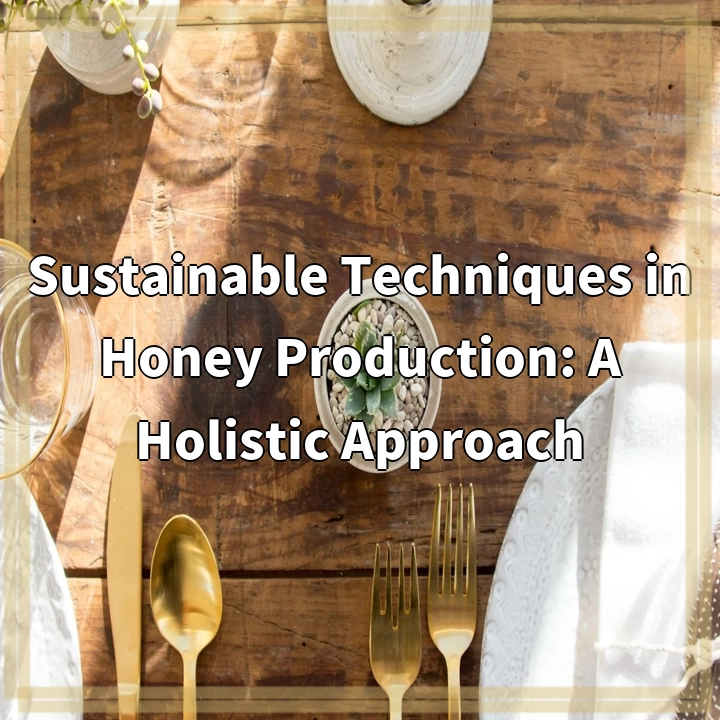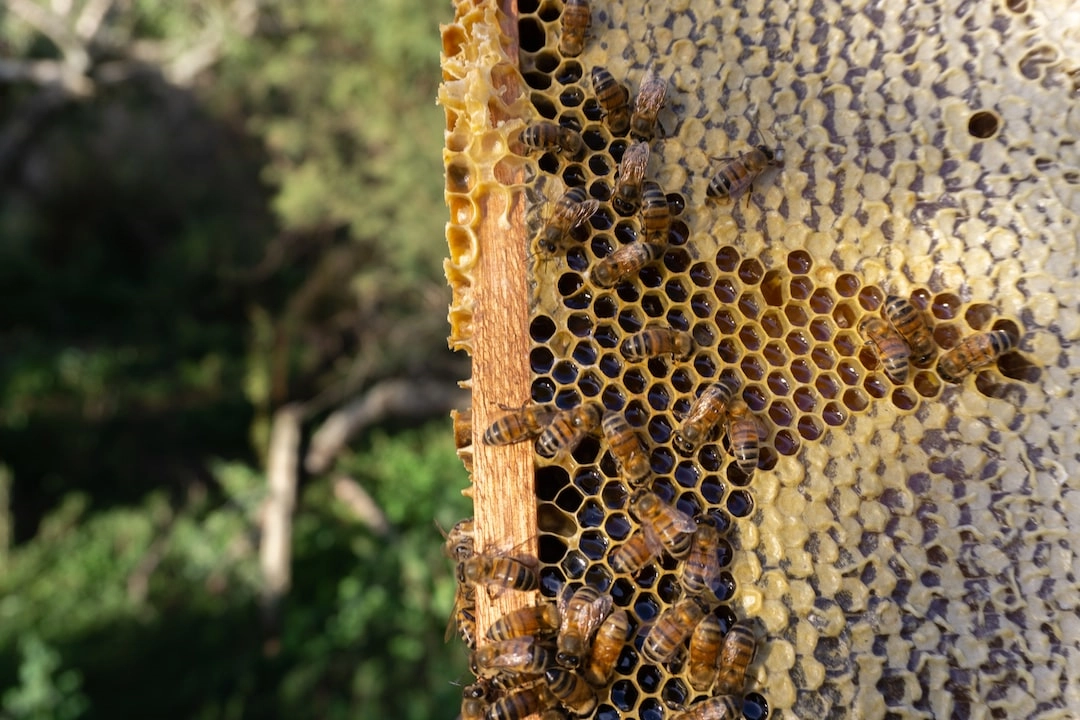
What is Sustainable Techniques in Honey Production: A Holistic Approach?
Sustainable techniques in honey production refer to the practices employed by beekeepers to ensure the long-term health and well-being of honey bees, while minimizing negative impacts on the environment. It involves adopting a holistic approach that takes into consideration the entire ecosystem in which bees live, including the flora, fauna, and surrounding environmental factors. Sustainable honey production aims to strike a balance between human intervention and the natural behavior and needs of bees.
Real-World Problems in Sustainable Techniques in Honey Production
While sustainable techniques offer various benefits, there are also substantial challenges that need to be addressed. These include:
1. Colony Collapse Disorder (CCD)
CCD is a phenomenon where a significant number of adult bees vanish from the colony, leaving behind the queen and a few immature bees. It is widely attributed to factors such as habitat loss, pesticide exposure, pathogens, and climate change. Addressing CCD requires sustainable beekeeping practices that prioritize the health of the hive and the resilience of bee populations.
2. Pesticide Use and Contamination
Pesticides, particularly neonicotinoids, have been linked to bee population decline. The use of these chemicals on crops can result in honey bees coming into contact with toxic residues, affecting their foraging behavior, immune systems, and overall health. Implementing sustainable techniques involves reducing pesticide exposure through the adoption of organic farming methods and promoting integrated pest management practices.
3. Loss of Biodiversity
Honey bees depend on diverse floral resources for their survival and nutrition. However, the conversion of natural habitats into monoculture agricultural landscapes limits their access to a variety of pollen and nectar sources. This loss of biodiversity negatively impacts bee health and productivity. Sustainable honey production involves promoting diverse habitats and planting native flowering plants to provide a varied and reliable food source for bees.
4. Climate Change
Climate change poses numerous challenges to honey bee populations, including altered flowering patterns, extreme weather events, and shifts in bee habitats. Sustainable techniques in honey production require adapting beekeeping practices to mitigate the impacts of climate change, such as providing adequate hive ventilation, implementing water management strategies, and monitoring and adapting to local climate conditions.

Solutions for Sustainable Techniques in Honey Production: A Holistic Approach
To tackle the real-world problems associated with honey production, several solutions can be implemented:
1. Enhancing Bee Health and Well-being
By prioritizing the health of the bee colonies, beekeepers can help combat Colony Collapse Disorder. This involves regular monitoring for diseases and pests, providing a balanced diet, minimizing stress factors, and using natural treatments when necessary. Maintaining strong and resilient colonies through sustainable practices improves the chances of bee survival.
2. Integrated Pest Management
Adopting integrated pest management approaches helps reduce reliance on chemical pesticides. This involves implementing preventive measures, such as utilizing natural predators of pests, implementing trapping systems, and monitoring hive conditions. By minimizing pesticide use and focusing on alternative pest control methods, the risk of contamination and harm to honey bees can be reduced.
3. Habitat Restoration and Conservation
To combat the loss of biodiversity, efforts should be made to restore and conserve habitats for honey bees. This includes planting native and diverse flowering plants that provide a continuous supply of nectar and pollen. Creating bee-friendly landscapes, supporting pollinator-friendly agricultural practices, and preserving natural habitats contribute to the availability of suitable forage sources.
4. Climate Resilience and Adaptation
As climate change poses challenges, adapting beekeeping practices to local conditions becomes crucial. This can involve measures like installing shade structures to reduce heat stress, providing supplementary feeding during periods of reduced forage availability, and using hive insulation materials to regulate temperature. Monitoring local climate patterns and adjusting management practices accordingly ensures the well-being of honey bees.















